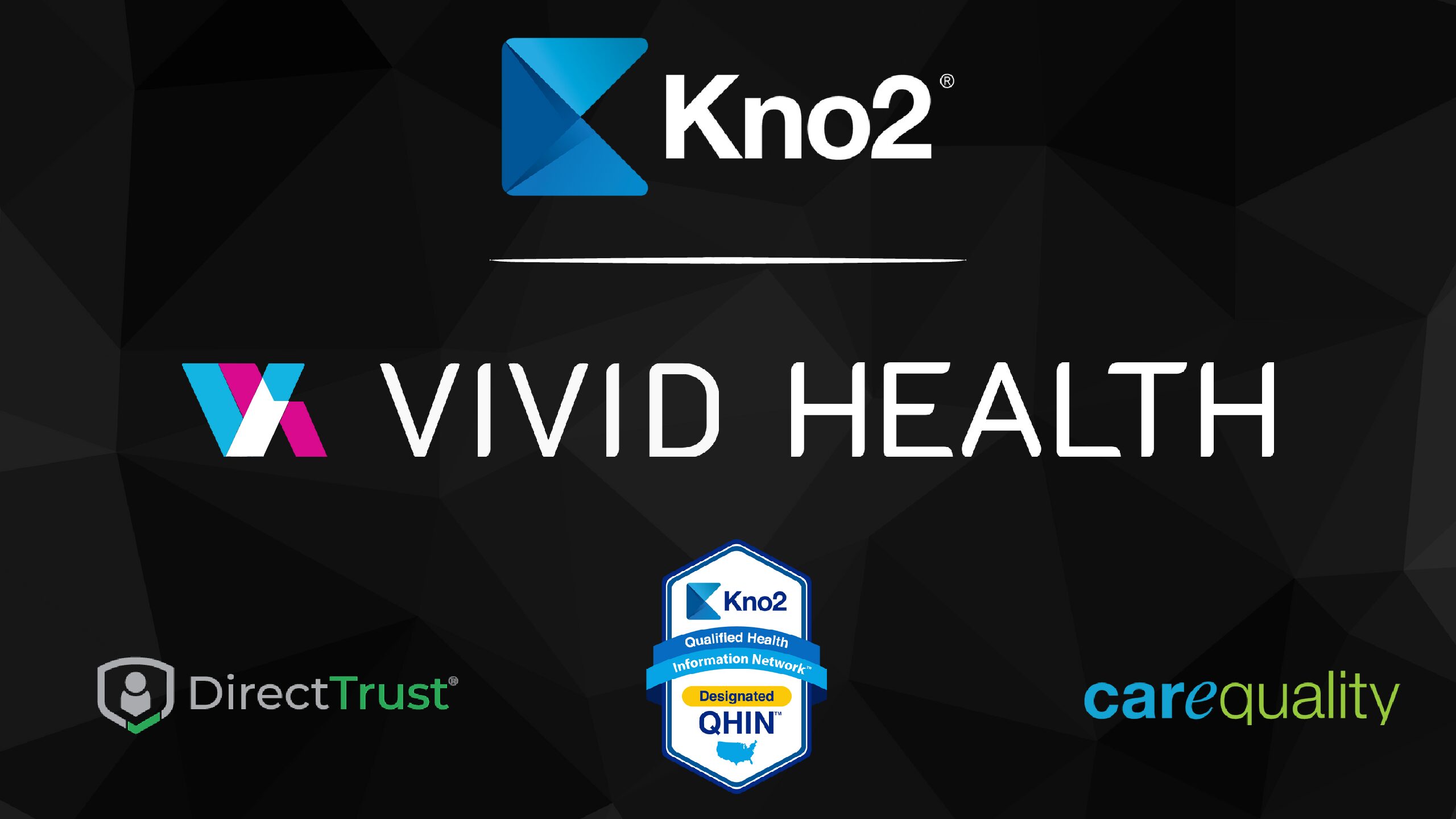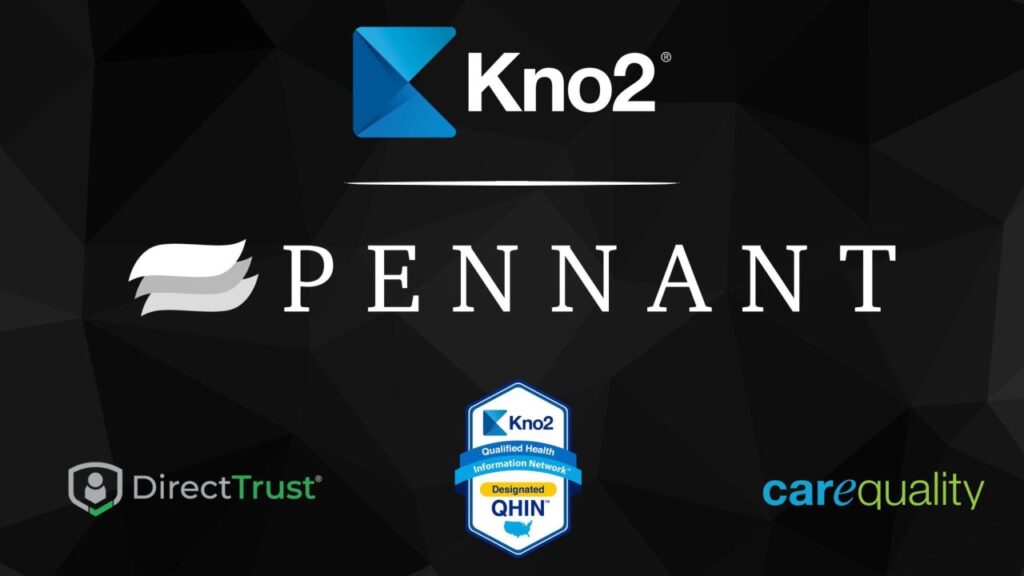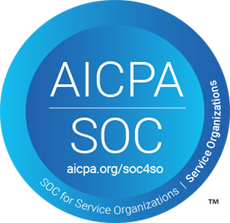As the modern healthcare ecosystem continues to evolve, the emphasis on the need for interconnected systems and free-flowing information exchange has become more apparent. At the recent National Association of Hospice and Home Care (NAHC) conference, I spoke with Therasa Bell, President, CTO, and Co-Founder of Kno2, and discussed the history of interoperability, demystified TEFCA/QHIN, and spoke to the iterative journey. Her insights offer a simple but comprehensive explanation of these topics.
1. The History of Interoperability and Networks in the U.S.
The term ‘interoperability’ has been around for some time and refers to the ability of diverse systems to communicate seamlessly. Historically, government interventions in the U.S. began with promoting health information exchange at state and local levels. These state and regional HIEs aimed to catalyze the movement of information, resulting in functional HIEs at a state level that efficiently moved information across providers. This initial foray was then augmented by the rise of national networks, like direct secure messaging, which allowed for push-based sharing of information. Next came query-based networks, such as Carequality, CommonWell, and eHealth Exchange. These initiatives are the ancestors to the present-day TEFCA/QHIN.
2. The Framework of Policies and Procedures
TEFCA, the Trusted Exchange Framework Common Agreement, is a trust framework put forth by the federal government for qualified health information networks. It encapsulates the learnings from prior initiatives and aims to standardize the movement of data. Under TEFCA is QHIN (Qualified Health Information Network), a technical construct around how data is communicated. Another way to think of QHINs is like the ‘Verizons’ or ‘AT&Ts’ of health information exchange, vital intermediaries in the healthcare communication process. QHIN’s have policies and procedures that govern data exchange (TEFCA) and are themselves the technical and network construct through which exchange happens. Kno2 has been identified as one of six applicant QHINs.
3. The Continual Nature of These Efforts
As with any transformative process, the journey towards comprehensive health information exchange is iterative. While TEFCA and QHIN provide the foundational framework, Bell contends that the realization of interoperability at scale is an iterative process. This “plumbing” (TEFCA/QHIN) enables the fluid movement of information, paving the way for further innovation. Healthcare is complex, multifaceted, and ever evolving around new care models. While significant progress in healthcare communication has been made, this is merely another waypoint on a transformative journey to the democratization of healthcare information..
Conclusions and Forward Path
The establishment of TEFCA and the rise of QHINs represent a significant leap in the pursuit of seamless health information exchange. EHR vendors, digital health platforms, and providers navigating this evolving landscape should be informed about the QHINs and their implications.
Bell’s insights remind us of the importance of continual learning and adaptation in the healthcare sector. As we tread this path, the objective remains clear: the democratization of healthcare information to make the right information available to the right person, at the right time within their workflow to ensure efficient operations, optimal provider experience and ultimately high-quality, patient-centric care.







